Entry Category: Transportation - Starting with C
 Clarksville Depot
Clarksville Depot
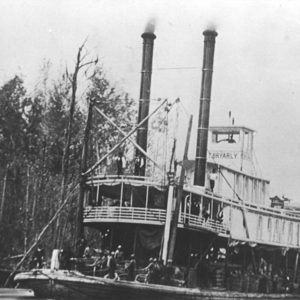 Clearing the Raft
Clearing the Raft
Clermont [Steamboat]
Clermont No. 2 [Steamboat]
 Clermont Steamboat Article
Clermont Steamboat Article
 Clermont Steamboat Article
Clermont Steamboat Article
 Clermont Steamboat Article
Clermont Steamboat Article
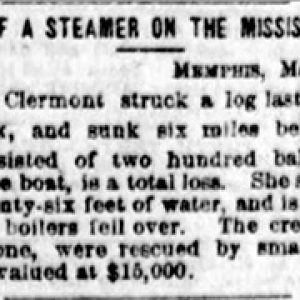 Clermont Steamboat Article
Clermont Steamboat Article
Climber Motor Corporation
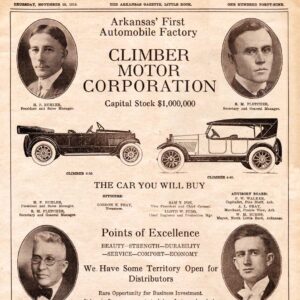 Climber Motor Corporation Ad
Climber Motor Corporation Ad
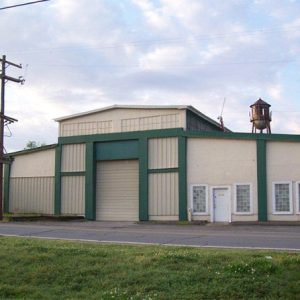 Climber Manufacturing Building
Climber Manufacturing Building
Coast Guard Auxiliary
aka: U.S. Coast Guard Auxiliary
 Coffer Dam
Coffer Dam
Coffey, Cornelius Robinson
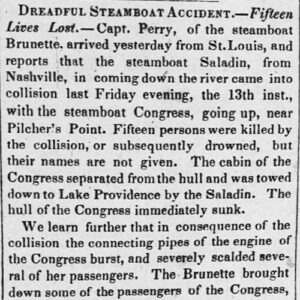 Collision of Congress and Saladin Article
Collision of Congress and Saladin Article
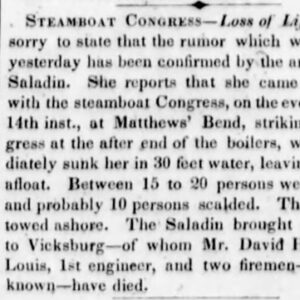 Collision of Congress and Saladin Article
Collision of Congress and Saladin Article
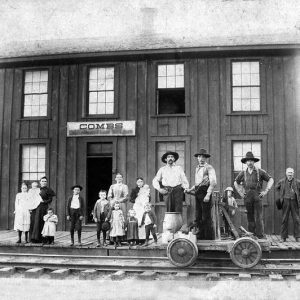 Combs Train Depot
Combs Train Depot
Combs, Cass and Eastern Railroad
Comet [Steamboat]
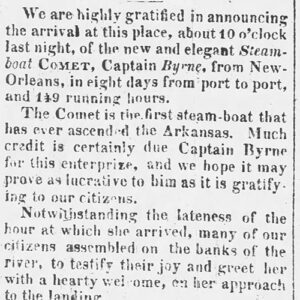 Comet Article
Comet Article
Command-Aire
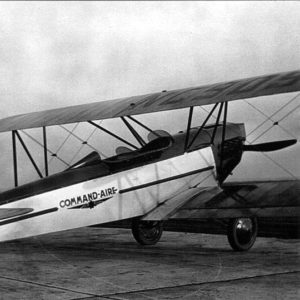 Command-Aire
Command-Aire
 Command-Aire 5C3-C
Command-Aire 5C3-C
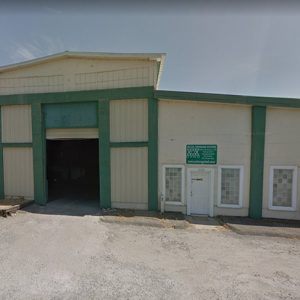 Command-Aire Building
Command-Aire Building
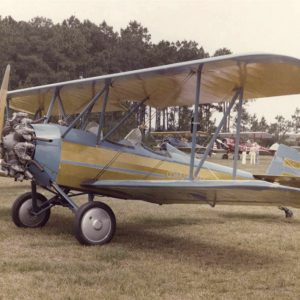 Command-Aire NC925E
Command-Aire NC925E
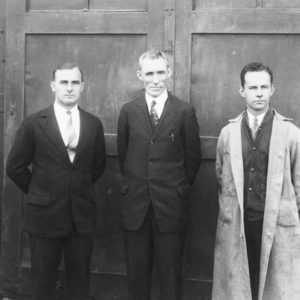 Command-Aire Personnel
Command-Aire Personnel
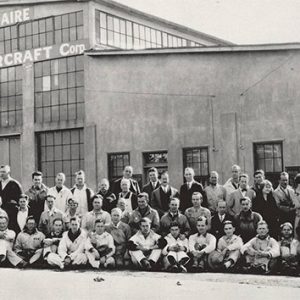 Command-Aire Staff
Command-Aire Staff
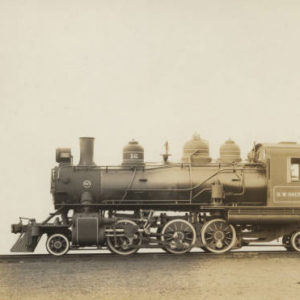 Company Locomotive
Company Locomotive
 Cone Trophy
Cone Trophy
Cone, John Carroll
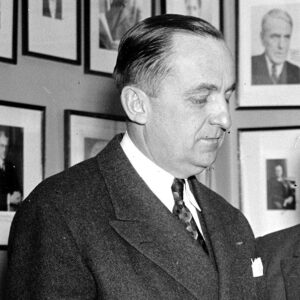 John Carroll Cone
John Carroll Cone
Congress and Saladin, Collision of
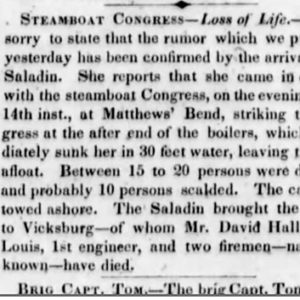 Congress and Saladin, Collision of
Congress and Saladin, Collision of
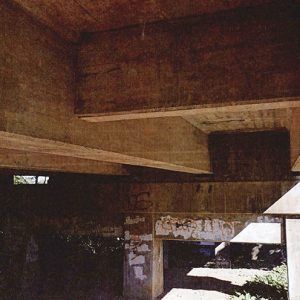 Construction Detail
Construction Detail
 Conway Train Depot
Conway Train Depot
Coop Creek Bridge
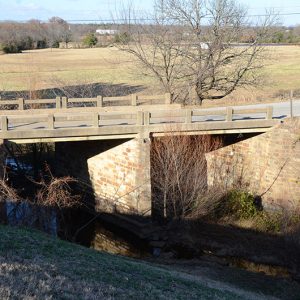 Coop Creek Bridge
Coop Creek Bridge
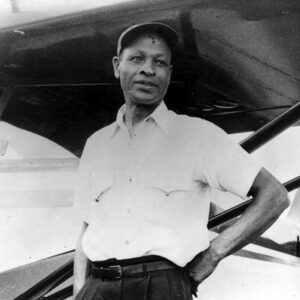 Cornelius Robinson Coffey
Cornelius Robinson Coffey
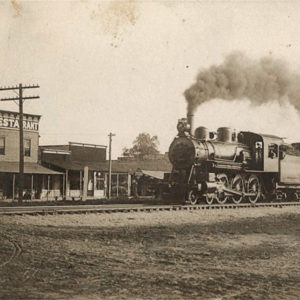 Corning Train
Corning Train
 Corps of Engineers Sign
Corps of Engineers Sign
Cote Joyeuse and Talma, Collision of
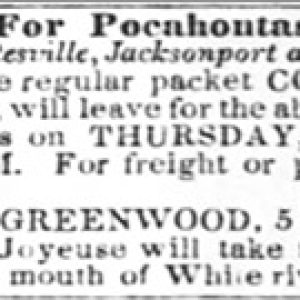 Cote Joyeuse Steamboat Ad
Cote Joyeuse Steamboat Ad
 Cote Joyeuse Steamboat Article
Cote Joyeuse Steamboat Article
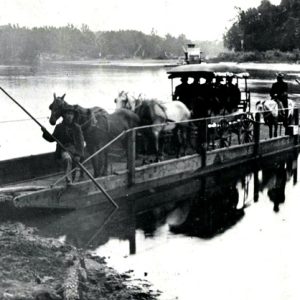 Cotter Ferry; 1904
Cotter Ferry; 1904
Cotter Bridge
aka: R. M. Ruthven Bridge
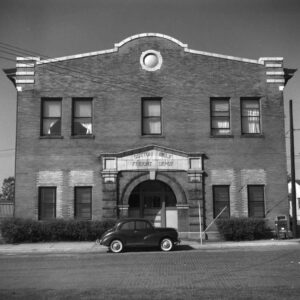 Cotton Belt Depot, North Little Rock
Cotton Belt Depot, North Little Rock
 Cotton Belt Railroad Yard
Cotton Belt Railroad Yard
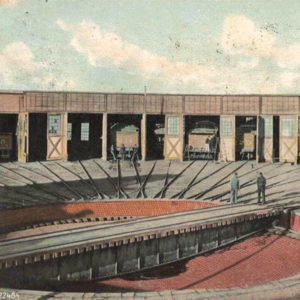 Cotton Belt Roundhouse
Cotton Belt Roundhouse
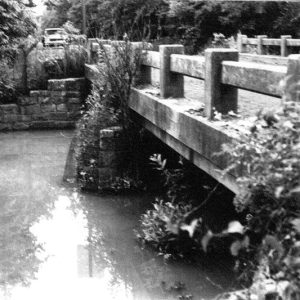 County Road 4G Bridge
County Road 4G Bridge




